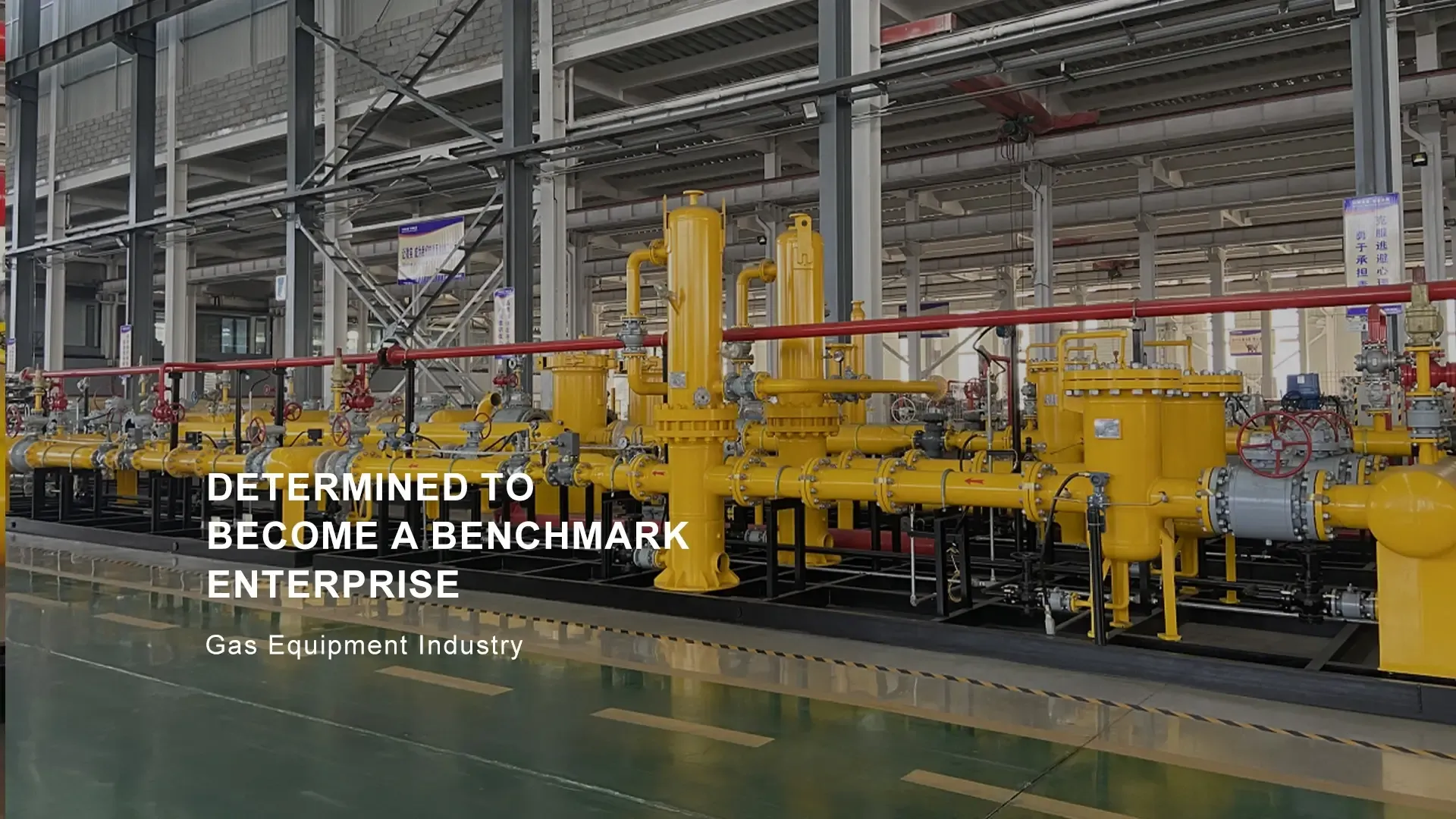
Nov . 11, 2024 17:14
Back to list
gasification equipment
The Role of Gasification Equipment in Sustainable Energy Production
In the quest for sustainable energy solutions, gasification equipment has emerged as a critical technology. This process involves converting carbon-rich materials into synthesis gas (syngas) through high-temperature reactions with a controlled amount of oxygen or steam. The syngas produced can be further utilized for electricity generation, heating, or as a feedstock for producing fuels and chemicals, making gasification a versatile and eco-friendly option in today's energy landscape.
One of the most significant advantages of gasification equipment is its ability to handle a variety of feedstocks. Biomass, coal, municipal solid waste, and even industrial by-products can be gasified, offering a transformative method to manage waste while generating energy. For instance, agricultural residues and food waste can be converted into syngas, reducing landfill use and contributing to a circular economy. By utilizing diverse feedstocks, gasification equipment supports energy diversification and security, crucial factors in a world increasingly reliant on renewable and alternative energy sources.
The efficiency of gasification systems is another remarkable feature. Advanced gasification technologies allow for higher energy conversion rates compared to traditional combustion methods. This means that more energy can be extracted from a given amount of material, making gasification an economically attractive option. Furthermore, the syngas produced can be processed to create synthetic natural gas (SNG), hydrogen, or liquid fuels such as methanol and ethanol, thus providing various pathways for energy generation in line with specific market needs.
gasification equipment

Environmental benefits also play a vital role in the appeal of gasification equipment. The process emits significantly lower levels of pollutants compared to conventional fossil fuel combustion. By capturing and utilizing carbon dioxide produced during gasification, operators can further reduce greenhouse gas emissions, aligning with global climate targets. Gasification can help mitigate air quality issues associated with burning fossil fuels, providing a cleaner alternative that supports public health and environmental conservation.
Furthermore, technological advancements in gasification are continuously elevating its potential. Developments in reactors, catalysts, and process optimization techniques are making gasification systems more efficient and commercially viable. Each innovation contributes to reducing operational costs and enhancing the competitiveness of syngas compared to traditional fossil fuels. Additionally, integrated gasification combined cycle (IGCC) plants showcase the potential of gasification by coupling syngas production with natural gas turbines for electricity generation, thereby increasing overall efficiency and output.
In conclusion, gasification equipment plays a pivotal role in the transition to a cleaner, more sustainable energy future. Through its adaptability to various feedstocks, operational efficiency, reduced environmental impact, and ongoing technological advancements, gasification stands at the forefront of the renewable energy revolution. As nations strive to meet their energy demands while addressing climate change, investing in gasification technology represents a crucial step towards embracing a more sustainable and resilient energy infrastructure. The fusion of innovative technology and environmental stewardship through gasification may indeed pave the way for a greener and more sustainable energy landscape for generations to come.
Next:
Latest news
-
Safety Valve Spring-Loaded Design Overpressure ProtectionNewsJul.25,2025
-
Precision Voltage Regulator AC5 Accuracy Grade PerformanceNewsJul.25,2025
-
Natural Gas Pressure Regulating Skid Industrial Pipeline ApplicationsNewsJul.25,2025
-
Natural Gas Filter Stainless Steel Mesh Element DesignNewsJul.25,2025
-
Gas Pressure Regulator Valve Direct-Acting Spring-Loaded DesignNewsJul.25,2025
-
Decompression Equipment Multi-Stage Heat Exchange System DesignNewsJul.25,2025

